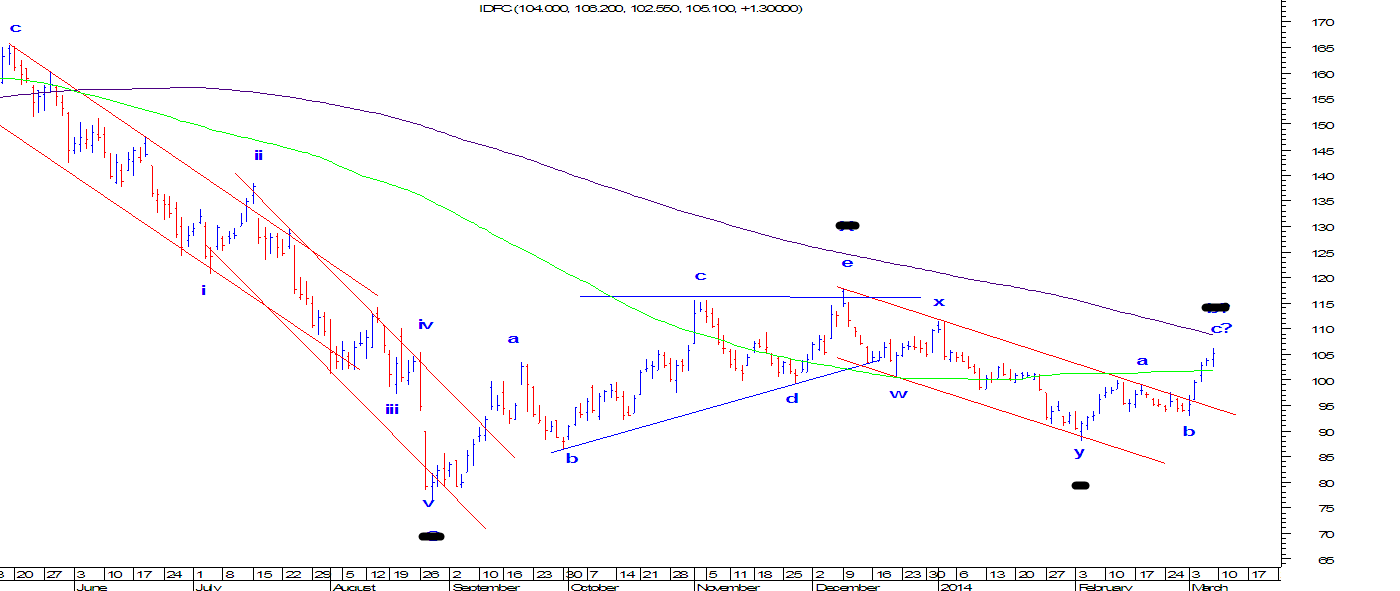Hang Seng: Anticipated Happened

In our previous article on 10 th March 2014 we had mentioned that, “Using Elliott wave analysis we came to the conclusion that this index is going to underperform in coming months which can drag this index till its previous pivot low. Failure to protect this low will further infuse selling pressure. The index is quoting above the extended upward sloping lower trendline which has been providing support to this index from October 2011. Till now this support has been intact but sooner or later it may breach this support zone. We can also observe that, prices faced the resistance near 61.8% retracement of the previous down move (24,111-21,197). Now the next support is its previous pivot low which is around 21,200 levels.”- Bulls Eye. We were very accurate in capturing the move for Hang Seng as it faced the resistance of 61.8% retracement and moved till its previous pivot low of 21200. The index made a low of 21137 and closed near the day’s low which is not a healthy sign. Now to o





